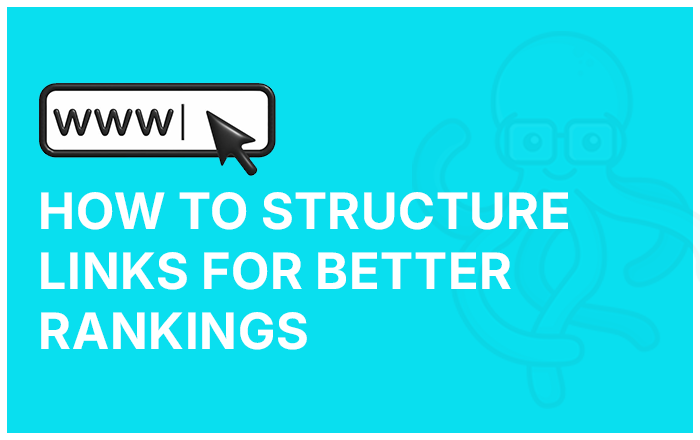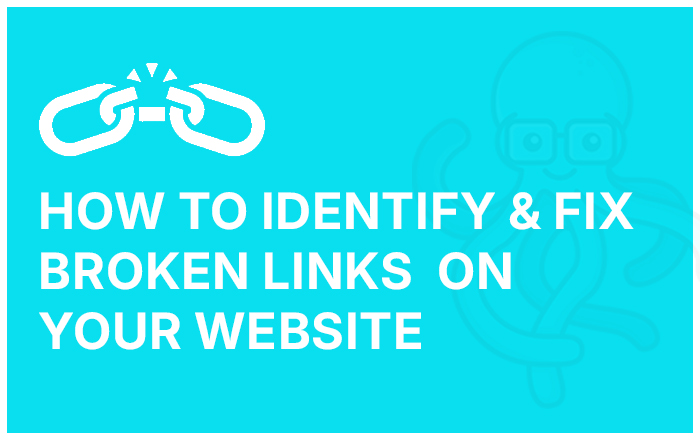Imagine walking into a massive library without a catalog or index. Finding a specific book would be overwhelming, right? Similarly, navigating a website without a sitemap can be confusing for both users and search engines. A sitemap acts as a structured roadmap, ensuring all important pages are easily accessible. But what exactly is a sitemap, and why is it essential for your website? Let’s dive in.
What Is a Sitemap?
A sitemap is a file that outlines the pages on a website, helping search engines understand its structure and hierarchy. There are two primary types:
XML Sitemaps
XML sitemaps are designed specifically for search engines. They provide essential data such as the last update date of a page, its frequency of changes, and its relative importance compared to other pages.
HTML Sitemaps
These sitemaps are created for users and often appear as a dedicated webpage that displays an organized list of site links. HTML sitemaps enhance user navigation and improve accessibility.
Why Is a Sitemap Essential for Every Website?
Implementing a sitemap offers multiple advantages that can enhance a website’s search engine ranking and user experience:
1. Improved Search Engine Indexing
Search engines rely on web crawlers to index website content. A sitemap ensures that all crucial pages, including those that may not be linked internally, are discoverable and indexed efficiently. This is particularly helpful for:
- Large Websites: Websites with extensive content can ensure that all pages are indexed.
- New Websites: New domains often have fewer backlinks, making sitemaps crucial for search engines to find their pages.
- Media-Heavy Websites: Sites with rich content such as images, videos, or interactive elements benefit from sitemaps to ensure proper indexing.
2. Enhanced User Experience
An HTML sitemap acts as a site directory, allowing visitors to quickly locate the information they need. This can lead to reduced bounce rates and higher engagement.
3. Prioritization of Important Content
Sitemaps allow website owners to assign priority levels to certain pages, signaling to search engines which content is the most significant.
4. More Efficient Crawling
For websites that frequently update content, a sitemap ensures search engines are alerted to new or modified pages, improving indexing speed.
How to Create a Sitemap
Creating a sitemap is straightforward with the right tools. Follow these steps:
- Select the Right Format: Choose XML for search engines and HTML for users.
- Use a Sitemap Generator: Tools like Google XML Sitemaps or Yoast SEO (for WordPress) can generate sitemaps automatically.
- Validate Your Sitemap: Before submission, use tools like Google Search Console to verify your sitemaps for errors.
- Submit to Search Engines: Upload your sitemap to Google and Bing via their webmaster tools to ensure proper indexing.
How BizeeBay Helps Optimize Sitemaps
At BizeeBay, we understand that a well-structured sitemap is crucial for website visibility and SEO success. Our team specializes in developing and optimizing websites to ensure seamless navigation and superior search engine performance. By implementing strategic sitemaps, we help businesses like yours improve indexing, enhance user experience, and drive organic traffic.
Common Mistakes to Avoid
To maximize the benefits of a sitemap, be aware of these common pitfalls:
- Including Duplicate or Non-Canonical URLs: Ensure that your sitemap only includes preferred versions of your URLs.
- Failing to Update the Sitemap: Regularly update your sitemap to reflect new or removed content.
- Exceeding Size Limits: Keep your sitemap under 50MB or 50,000 URLs. Larger sites should create multiple sitemaps and use an index file.
Takeaways
A sitemap is more than just a technical requirement; it is a powerful tool for improving website structure, user experience, and search engine visibility. By integrating an effective sitemap, you help search engines understand your content better while providing visitors with a seamless browsing experience. If you’re looking to optimize your website, partnering with experts like BizeeBay can make all the difference.
Need help with your sitemap? Get in touch with BizeeBay today!







